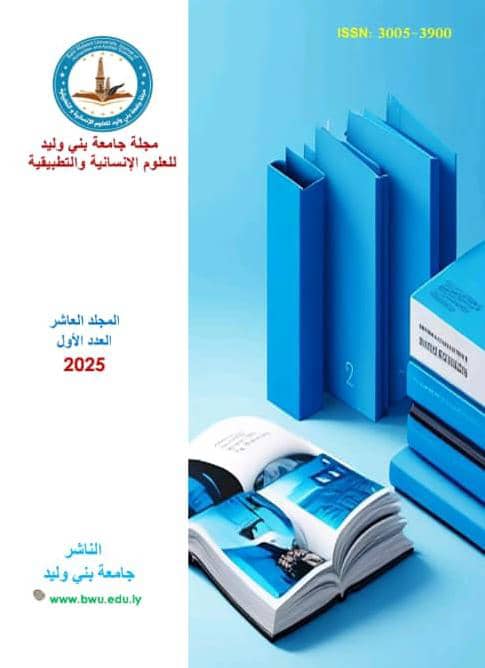Investigation into the Weathering Layer Using Up-hole Method of Seismic Refraction, Concession 72, Sirt basin- Libya
DOI:
https://doi.org/10.58916/jhas.v10i1.645Keywords:
Uphole survey, Weathered layer, Seismic refraction, Static correction, Replacement velocityAbstract
In this study, the refraction seismic survey data (uphole survey data) acquired from En Naga area, located within Concession 72, Affiliated with Veba Oil Operations Company (V.O.O) in Sirt Basin, were analysed and interpreted. The study aims to determine the depth of the weathering layer and identify the seismic wave velocities of the sub-weathering layer to calculate the replacement velocity. This information is intended for use in the static corrections phase of the 3D seismic data carried out in the mentioned area. A total of 39 wells were drilled for this purpose, with an average depth of approximately 200 meters, and velocity logs were recorded from the bottom to the surface. The data indicated the presence of four layers penetrated by drilling, which could easily be distinguished by the variation in seismic wave velocities between them. The velocity in the fourth layer is relatively high compared to the upper layers, ranging from 1750 m/s to 2750 m/s, and it also shows lateral velocity instability. The upper three layers combined were considered weathering layers, with a thickness ranging from 150 meters to approximately 206 meters. Due to the lateral velocity instability in the fourth layer, which was considered the sub-weathering layer, it was not possible to determine a single value for the replacement velocity. An integrated velocity model is recommended to calculate the static correction based on well information in addition to seismic information (First break method) in the study area.
Downloads
References
Aminzadeh, F., & Dasgupta, S. N. (2013). Geophysics for petroleum engineers. Newnes.
Arab Geophysical Exploration Services Company. (1993). Acquisition final report of 3D seismic project, Concession 72 En Naga area.
Omenikolo, A. I., & Chigbu, T. O. (2013). Application of the uphole seismic data in the determination of the weathered layer profile in east-central Niger Delta, Nigeria. Global Journal of Pure and Applied Sciences.









